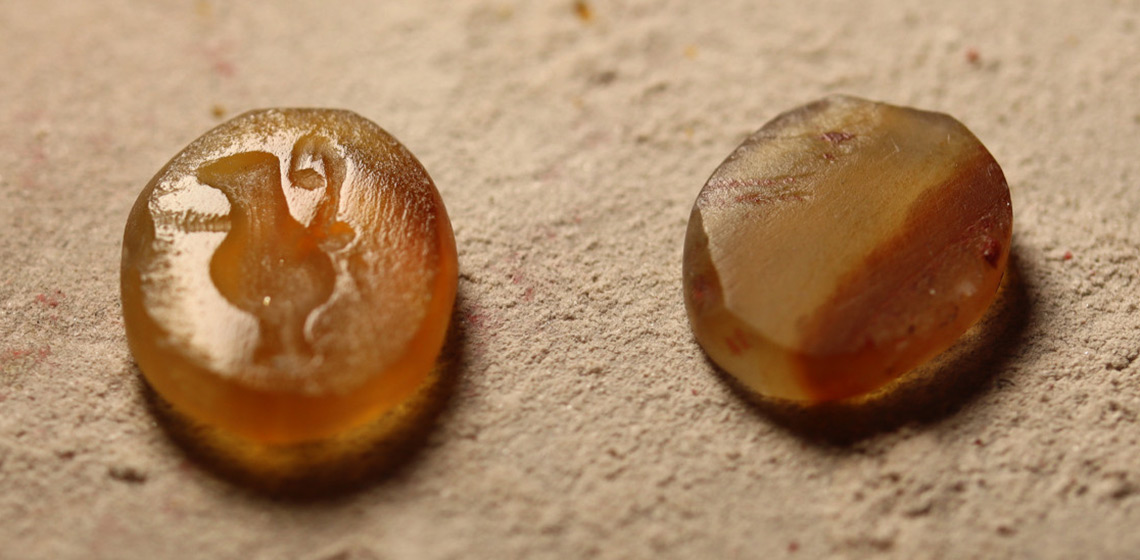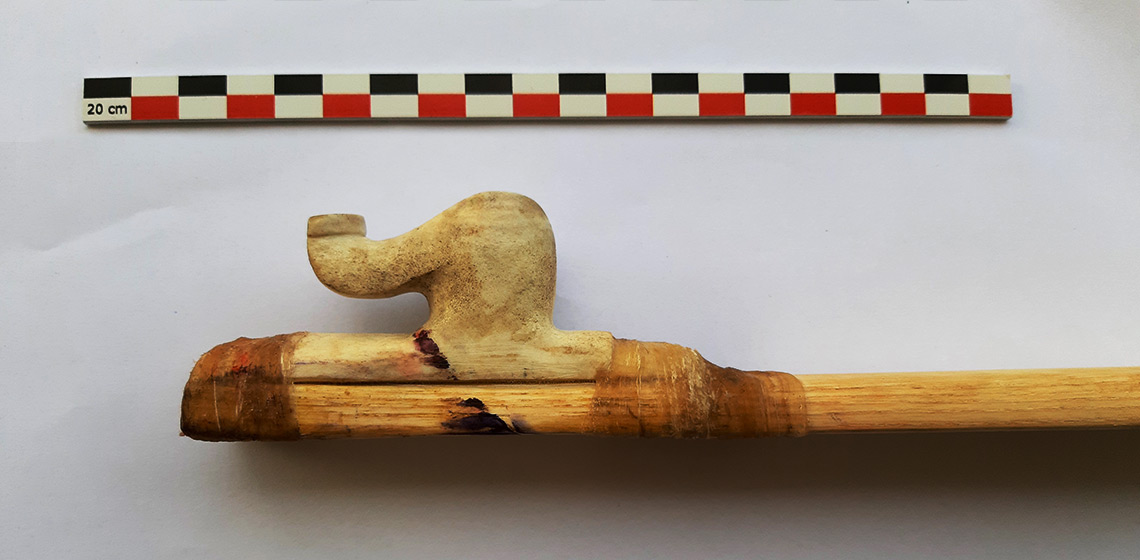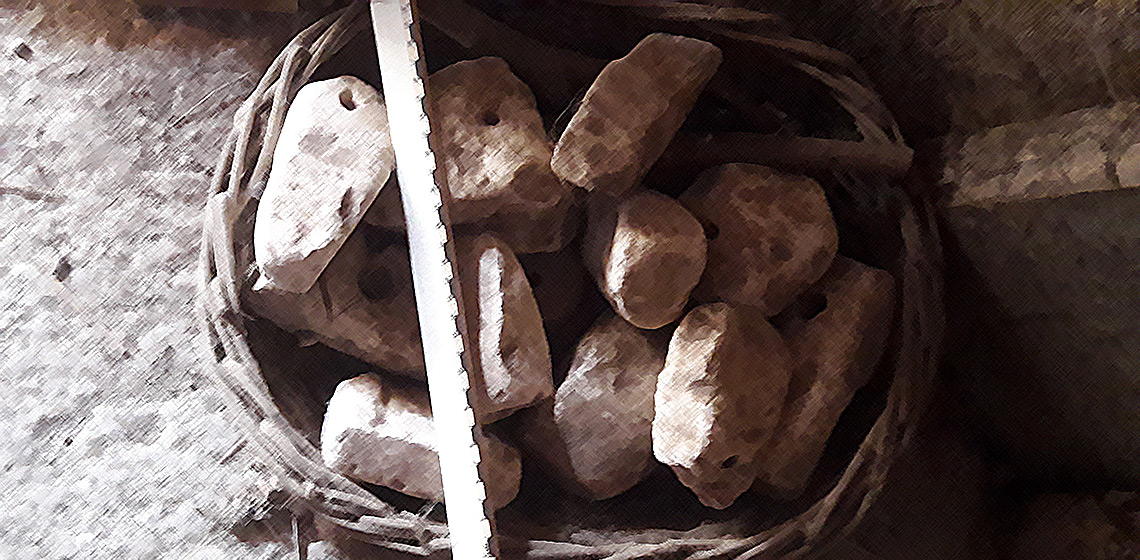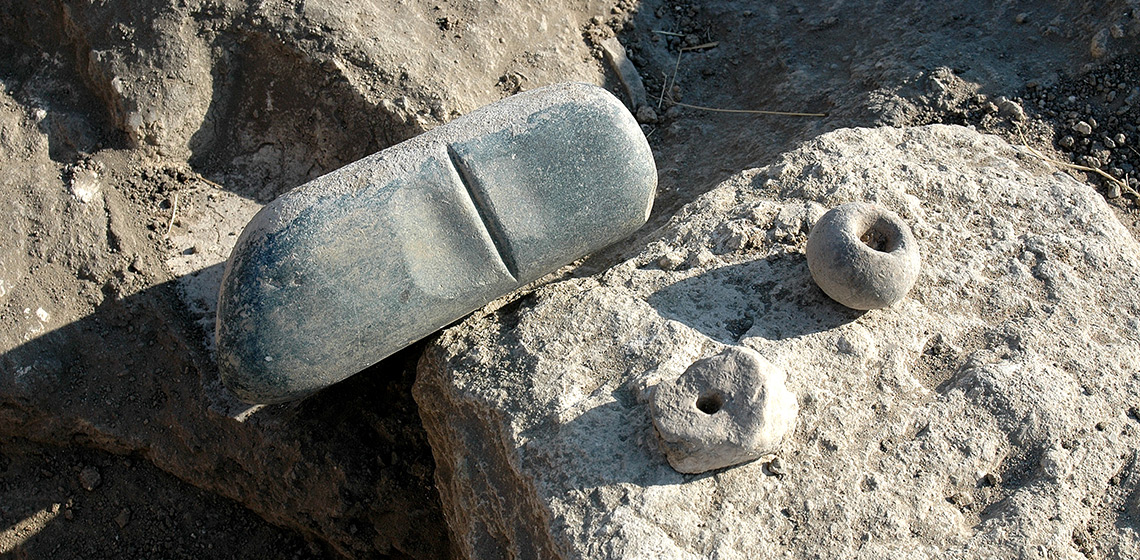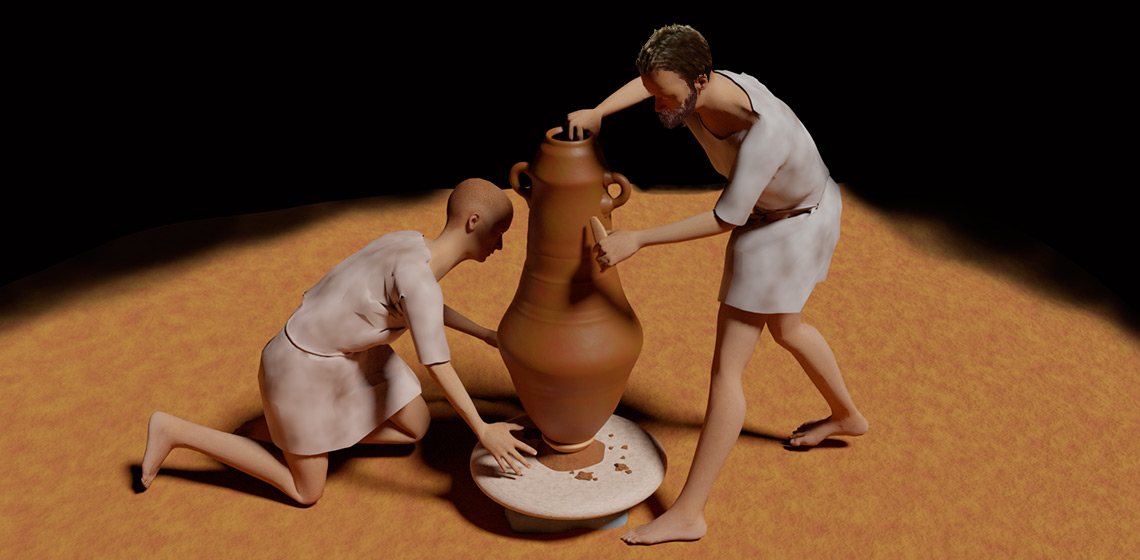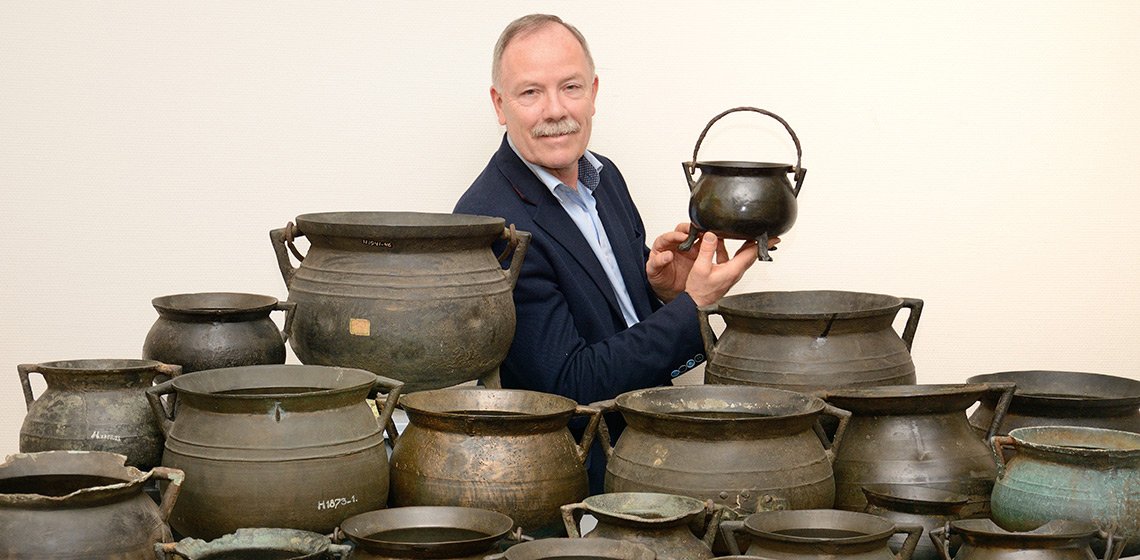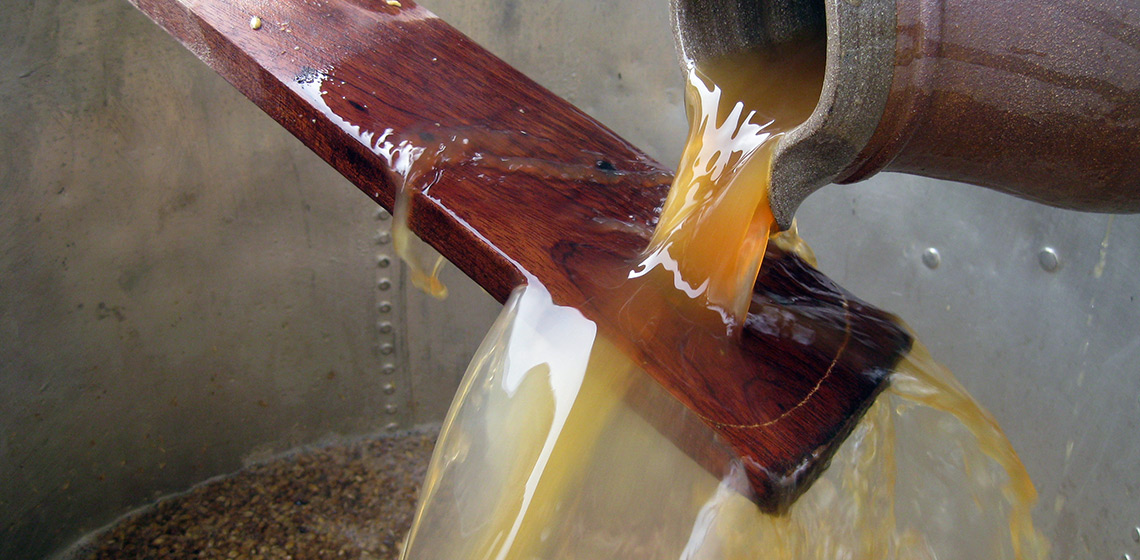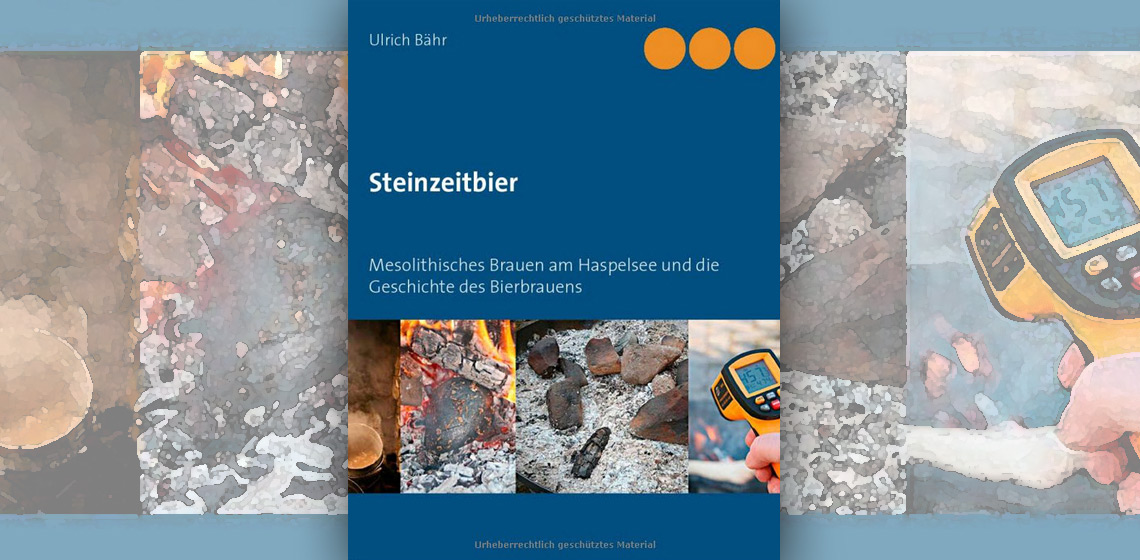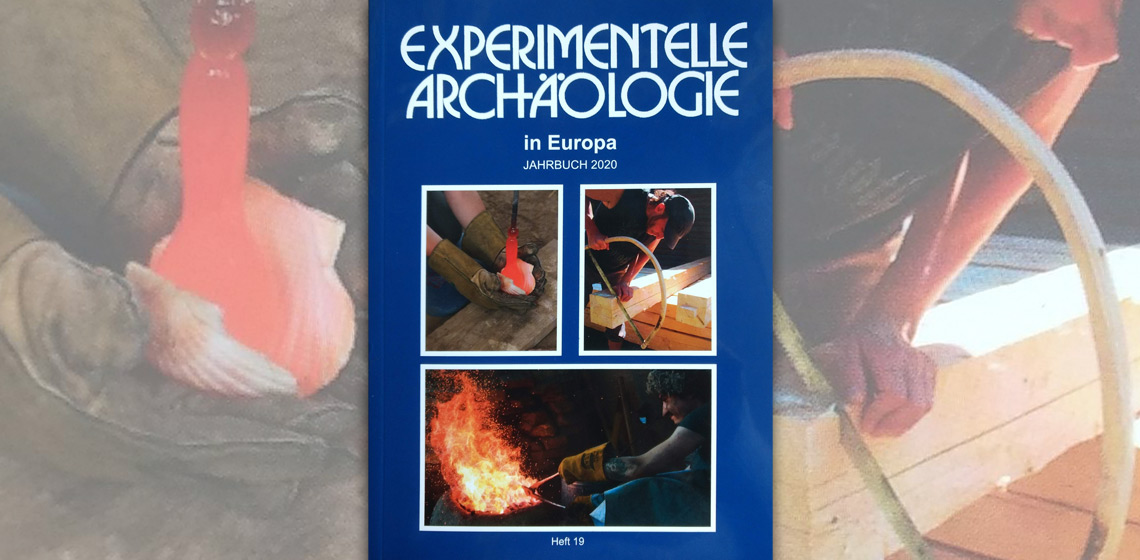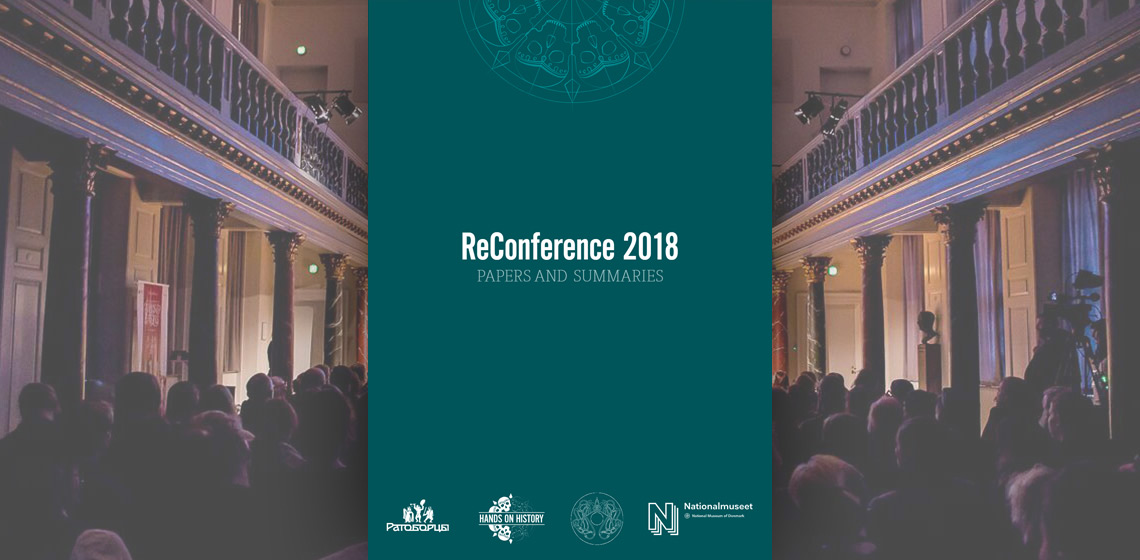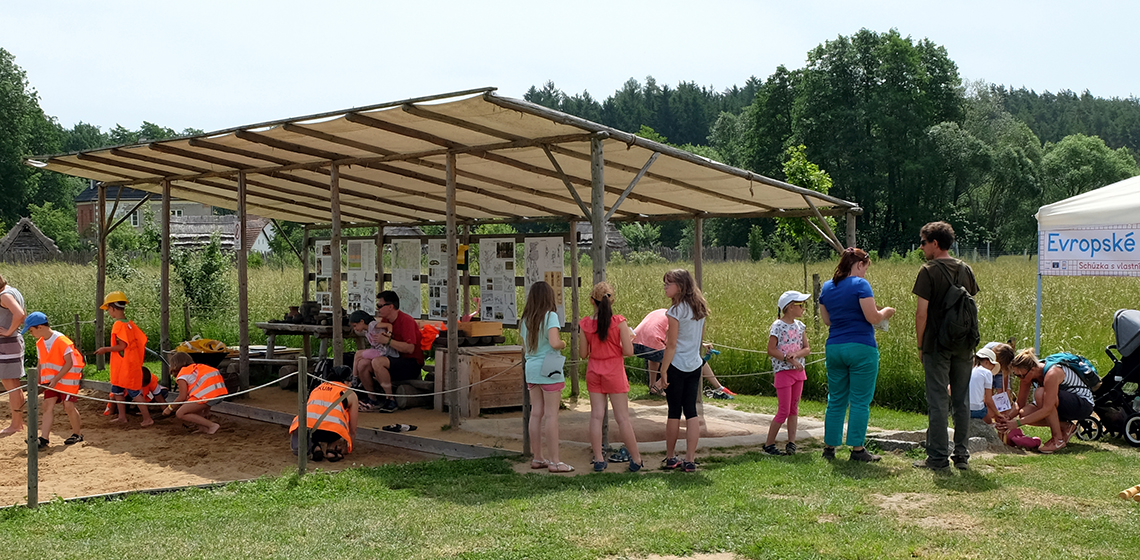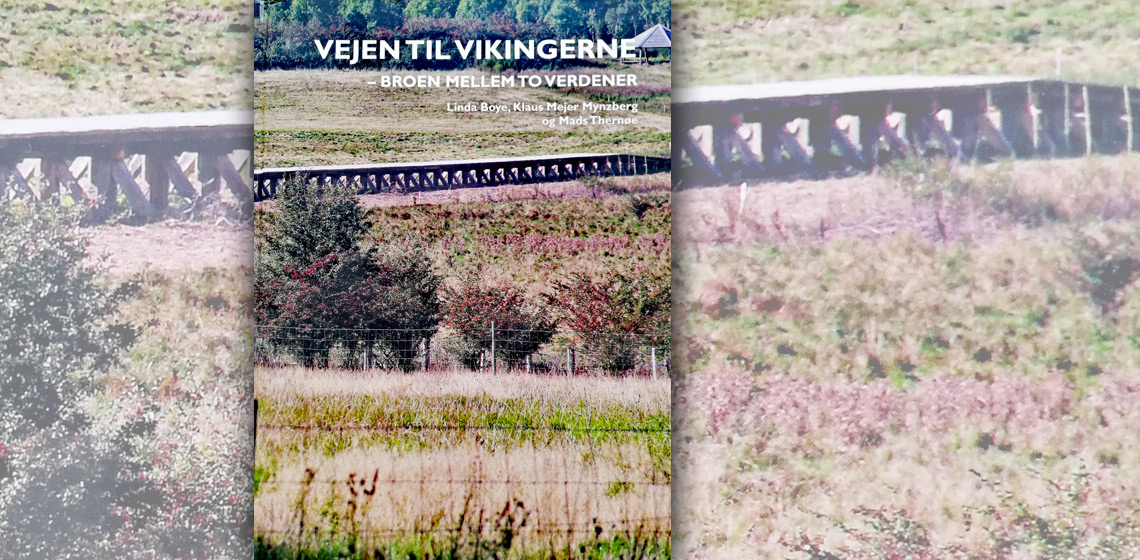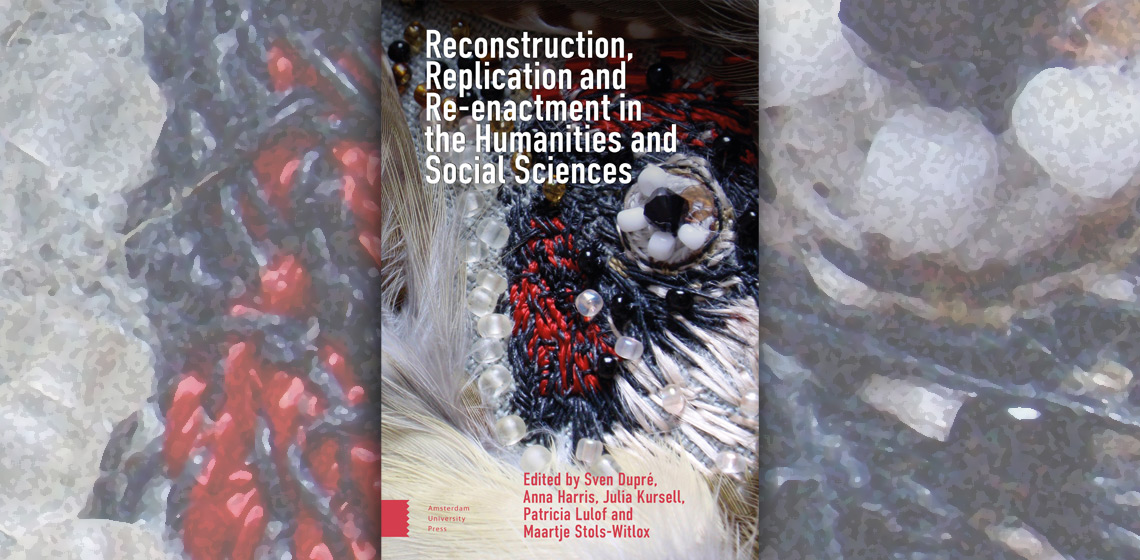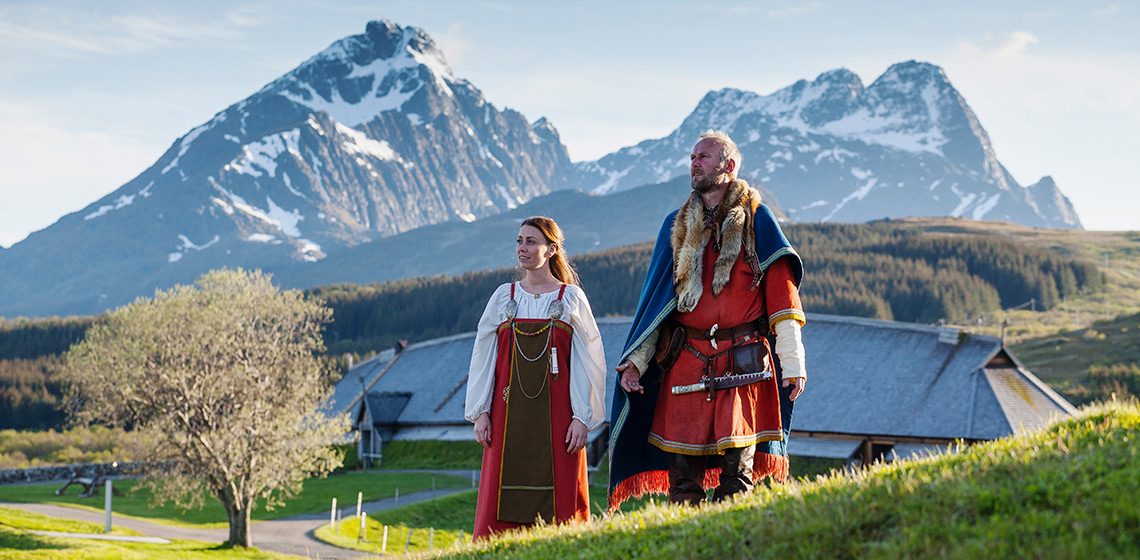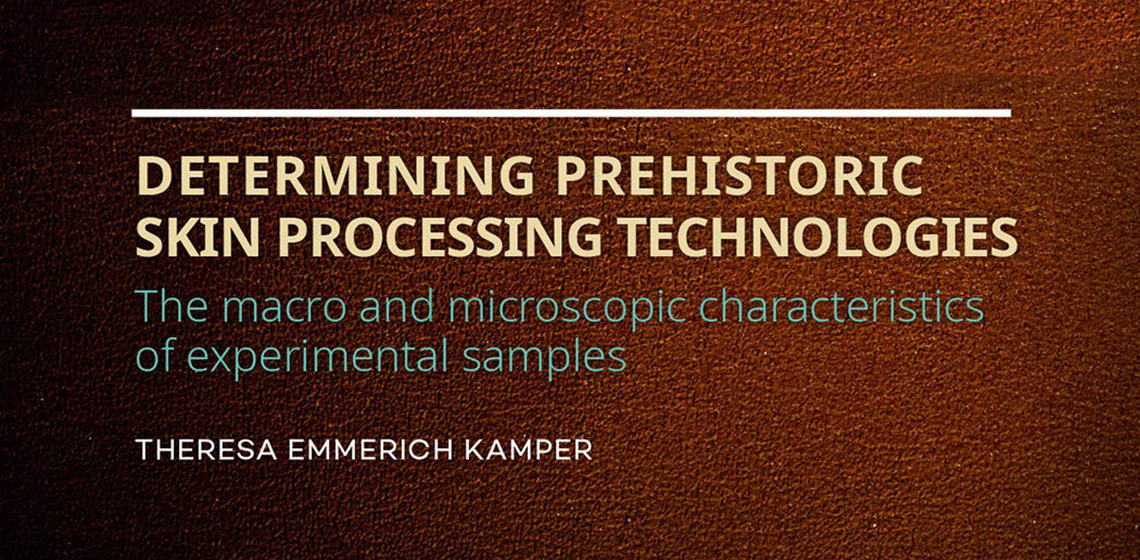EXARC Journal Issue 2021/2



19 Articles | DOAJ | Open Access
ISSN: 2212-8956
Publishing date: May 26, 2021
📄 EXARC Journal 2021/2 Table of Contents
Copyrights: EXARC, 2021
Summary
EXARC Journal 2021/2 contains 19 articles on a wide range of subjects.
The Archaeological Experiments on Reconstruction of the ‘Compound Bow’ of the Sintasha Bronze Age Culture from the Stepnoe Cemetery presents the joint work of a Russian archaeologist Ivan Semyan and his Greek colleague Spyros Bakas. The two archaeologists won a research “Twinning program” grant from EXARC and began to develop a completely authentic reconstruction of a Sintashta type bow. Merryn Dineley’s (UK) article considers how malt sugars are made and discusses a range of ‘mashing in’ techniques from a practical, technical, and scientific point of view. Vincent van Vilsteren (NL) has studied the hypothesis that the damage to bronze cauldrons of the 16th to 17th centuries was done deliberately. Further there are articles on spinning, fresco mixtures, production stages in the engraving of a Roman gem of carnelian, the position of weaving in prehistoric British society, smelting experiments from Cyprus and research into Punic Amphorae.
There is number of book reviews, such as ‘Reconstruction, Replication, and Re-enactment in the Humanities and Social Sciences’ by Dupré, Harris, Kursell, Lulof and Stols-Witlox, or ‘Weaving a Realm’, a book on Vietnamese clothing from about 1500. You can also find interview with Pascal Ratier, Coordinator of the European Archaeology Days and an article on Lofotr Viking Museum celebrating its 25th anniversary.
Reviewed Articles
Recreating Historic European Spindle Spinning
Fresco Mixtures with Dried Lime Plaster: Cameron’s Experiments Revisited
Introduction
During the Bronze Age, the craftspeople of the eastern Mediterranean practiced a form of reuse or recycling: fragments of mortar were used as aggregates in lime mixtures intended for walls or floors (Shaw, 1973, p.222; Brysbaert, 2003, pp.168-173, pp.175-176; Jones, 2005, p.220; Brysbaert, 2008, p.118). Such a mixture was found in a house in the Akrotiri settlement of Santorini, in a part of the wall that was intended to be painted (Jones, 2005, p.220).
The Career of an Orange Stone
Archaeological Experiment on Reconstruction of the “Compound” Bow of the Sintashta Bronze Age Culture from the Stepnoe Cemetery
***This article presents data from an international experimental study on the reconstruction of the “compound” bow of Sintashta culture of bronze age South Ural, Russia. The project is carried out by a collective of researchers from Greece and Russia as part of the grant program of EXARC - “Twinning program”...




